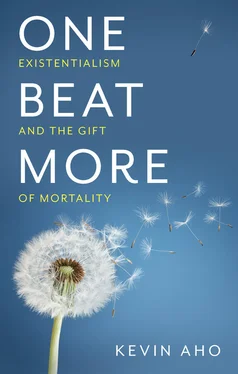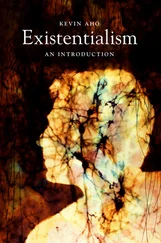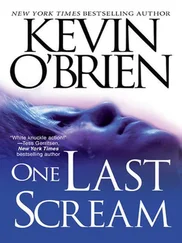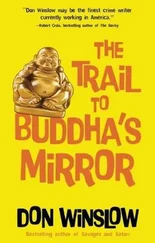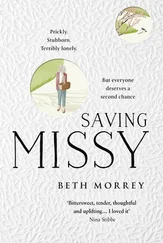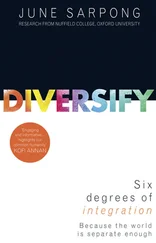The ways in which we belittle and debase the elderly in contemporary society are shocking, especially considering that, at least in the United States, the fastest growing age group is made up of eighty-five- to ninety-four-year-olds. 2The toxicity of ageism has become acutely visible during the coronavirus pandemic. We have witnessed a remarkably callous attitude toward older persons, as if their lives no longer had any productive value. The United Kingdom’s former political strategist Dominic Cummings remarked that the primary goal of the country’s response to the pandemic was to achieve “herd immunity, [to] protect the economy, and if that means some pensioners die, too bad.” 3And Dan Patrick, lieutenant governor of Texas, came under fire for claiming on a nightly news broadcast that, because older persons are no longer contributing members of society, they should be willing to sacrifice their lives for the sake of reopening the economy. 4These views reflect an attitude that conveys the impression that older persons are neither admired nor respected; they are expendable. And this attitude has become so normalized that it is rarely called into question. Our negative stance toward the elderly appears on the surface not as a subjective expression of bigotry or as a contingent historical quirk so much as an objective fact about the human condition. This is strange because, unlike other “isms” such as sexism or racism, ageism isn’t directed at an amorphous “other” with a different gender or skin tone, but at our own future self. Understood this way, ageism looks like a kind of self-hatred of who we will one day become, and this means that older persons today probably participated in the same negative stereotyping that they are now being subjected to. As Beauvoir puts it, “[w]e carry this ostracism so far that we even reach the point of turning it against ourselves: for in the old person that we must become, we refuse to recognize ourselves.” 5This, she says, is “astonishing, since every single member of the community must know that his future is in question.” 6
But in previous eras older persons were not dismissed as incarnations of suffering, illness, and death. Indeed, growing old was viewed as a sign of grace, and mortality was more commonly associated with youth, with dying in childbirth, with injuries from battle, with executions, or with various vocational hazards. The old were regarded as fonts of vitality and wisdom. Their voices mattered because they embodied a deep understanding of the customs, myths, and rituals that held their communities together. 7This sense of respect and veneration helps us understand the words of the Stoic philosopher Seneca (4 BC–AD 65) in their proper cultural context: “Let us cherish and love old age, for it is full of pleasure if one knows how to use it … if God is pleased to add another day, we should welcome it with glad hearts.” 8Contrast Seneca’s reflections with the dehumanizing views we have today, when older adults are scorned and functionally removed from productive society, given over to the paternalizing control of medical experts, and warehoused in nursing homes and retirement communities. Beauvoir refers to this phenomenon as nothing less than a “failure of our entire civilization,” 9but the failure is not merely the byproduct of the unique sociohistorical forces of modern capitalism. The existentialist understands that the segregation of the elderly and the structural discriminations of ageism emerge out of something more insidious and primal: out of our collective fear of death.
Of all the existentialists, none was more haunted by death than Kierkegaard, whose name is homonymous with kirkegård , the Danish word for “graveyard.” In his brief life of forty-two years, he witnessed the deaths of his parents and of five of his seven siblings; and he had the prophetic belief that he, too, was fated to die at a young age. 10Kierkegaard was intimately familiar with the abyss that yawns and swirls beneath our lives and recognized this abyss as the wellspring of all our neuroses. He saw death as the ultimate concern, the fundamental given of our existence, and reminded his readers that, although death was certain, the time of death was uncertain; it could come for any of us at any moment. From the standpoint of this “uncertain certainty,” he introduced a pioneering distinction between “fear” ( frygt ) and “anxiety” ( angst ) that would later become axiomatic in the development of existential psychotherapy. He argued that fear always has an object; it is always of something , and these thing-like fears can be managed and controlled to some extent if we make efforts to avoid them. Anxiety, on the other hand, is a fear of nothing ; it is fear of the annihilating chasm at the heart of the human condition. Anxiety reveals that there is nothing solid or stable that secures my existence, that I am lost, and that there is no underlying reason for me to be. And I cannot point to what it is that I am anxious about because I myself am the source of anxiety. Kierkegaard went on to show that most of our everyday fears manifest themselves as displaced anxiety, whereby the inchoate fear of my own nothingness is transferred onto a more manageable fear of something. My fear of divorce, of losing my job, or of my upcoming colonoscopy displaces and covers over what it is that I’m really afraid of. Kierkegaard believed that, when anxiety is displaced in this way, “the nothing which is the object of anxiety becomes as it were more and more a something.” 11
He goes on to argue that our cultural institutions and social practices are built in large part to repress this anxiety and to keep death hidden from us. Losing ourselves in these practices creates the illusion of well-being, that we are living a good life, that we are not lost, not in despair. In The Sickness unto Death , he writes:
Precisely by losing himself in this way, such a person has gained all that is required for going along superbly in business and social life, yes, for making a great success out of life. Far from anyone thinking him to be in despair, he is just what a human being ought to be. Naturally the world has generally no understanding of what is truly horrifying. The despair that not only does not cause any inconvenience in life but makes life convenient and comfortable is, naturally enough, in no way regarded as despair. 12
But Kierkegaard believes that this “convenient and comfortable” life is itself the greatest form of despair; it is the despair of self-deception, of “not wanting to be oneself, of wanting to be rid of oneself.” 13And the myriad ways in which we lie to ourselves about death are all too familiar. We believe in the immortality of the soul and an afterlife. We have children, in the hope of living on in them after we’re gone. We accumulate wealth, publish books, and produce works of art that will leave a lasting mark. We obsess about fitness and diet and cosmetically alter our physical appearance in our efforts to stay young. We treat aging and death as medical problems that can be solved with new treatments and technologies. We believe in our own specialness: death may happen to others, but it can’t possibly happen to me. We even avoid using the word “death” altogether, because of the singular horror it evokes. In his famous story The Death of Ivan Ilych , the Russian novelist Leo Tolstoy captures this deep-seated avoidance through his titular character, a shallow everyman suddenly stricken with a terminal illness who is in such a state of denial that he can speak of death only from a detached, third-person standpoint, as a nameless “It” that stalks him. As the illness progresses, his futile attempts to depersonalize death become more desperate.
Ivan Ilych would turn his attention to it and try to drive the thought of it away, but without success. It would come and stand before him and look at him, and he would be horrified, and the light would die out of his eyes, and he would again begin asking himself whether It alone was true … He would go to his study, lie down, and again be alone with It : face to face with It . And nothing could be done with It except to look at it and shudder. 14
Читать дальше
